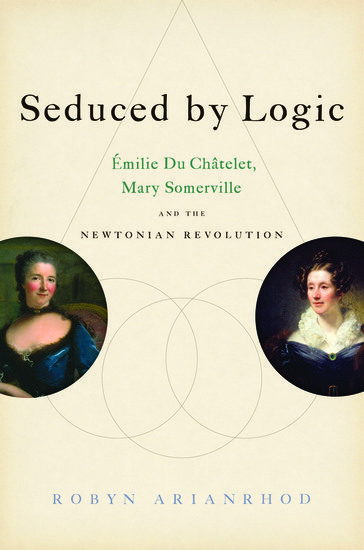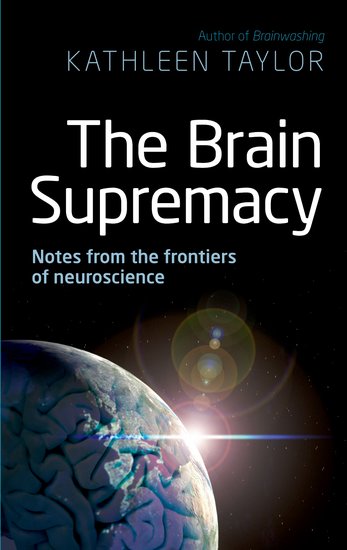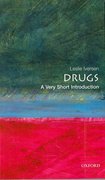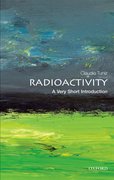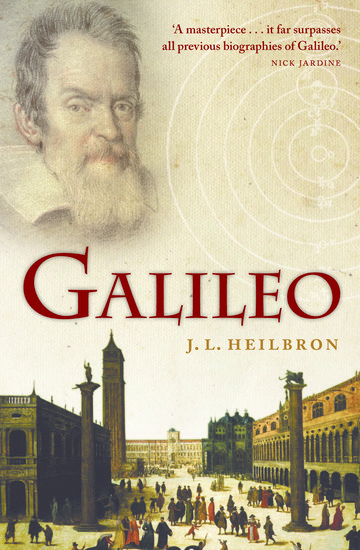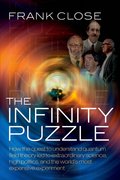Celebrating Newton, 325 years after Principia
By Robyn Arianrhod
This year, 2012, marks the 325th anniversary of the first publication of the legendary Principia (Mathematical Principles of Natural Philosophy), the 500-page book in which Sir Isaac Newton presented the world with his theory of gravity. It was the first comprehensive scientific theory in history, and it’s withstood the test of time over the past three centuries.

